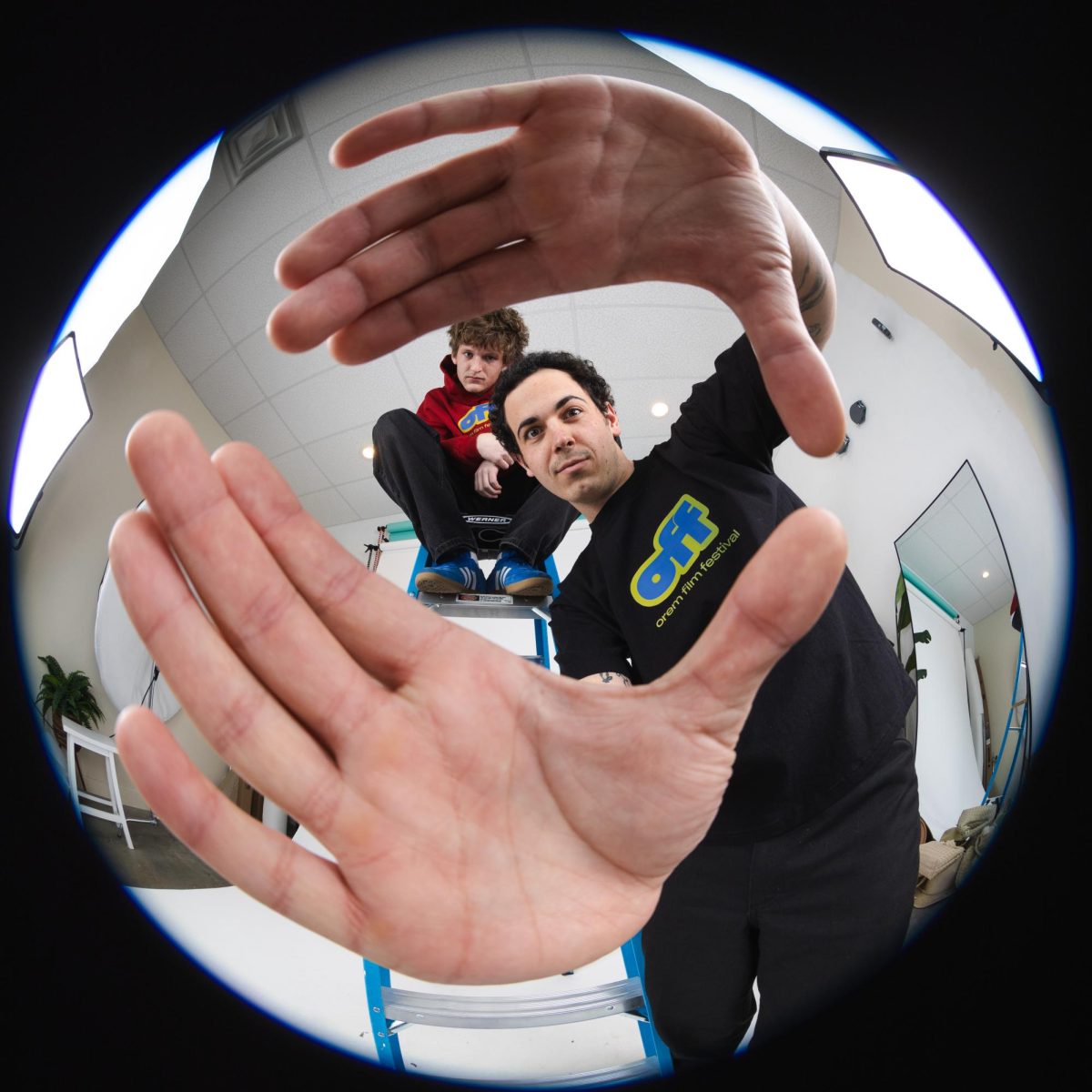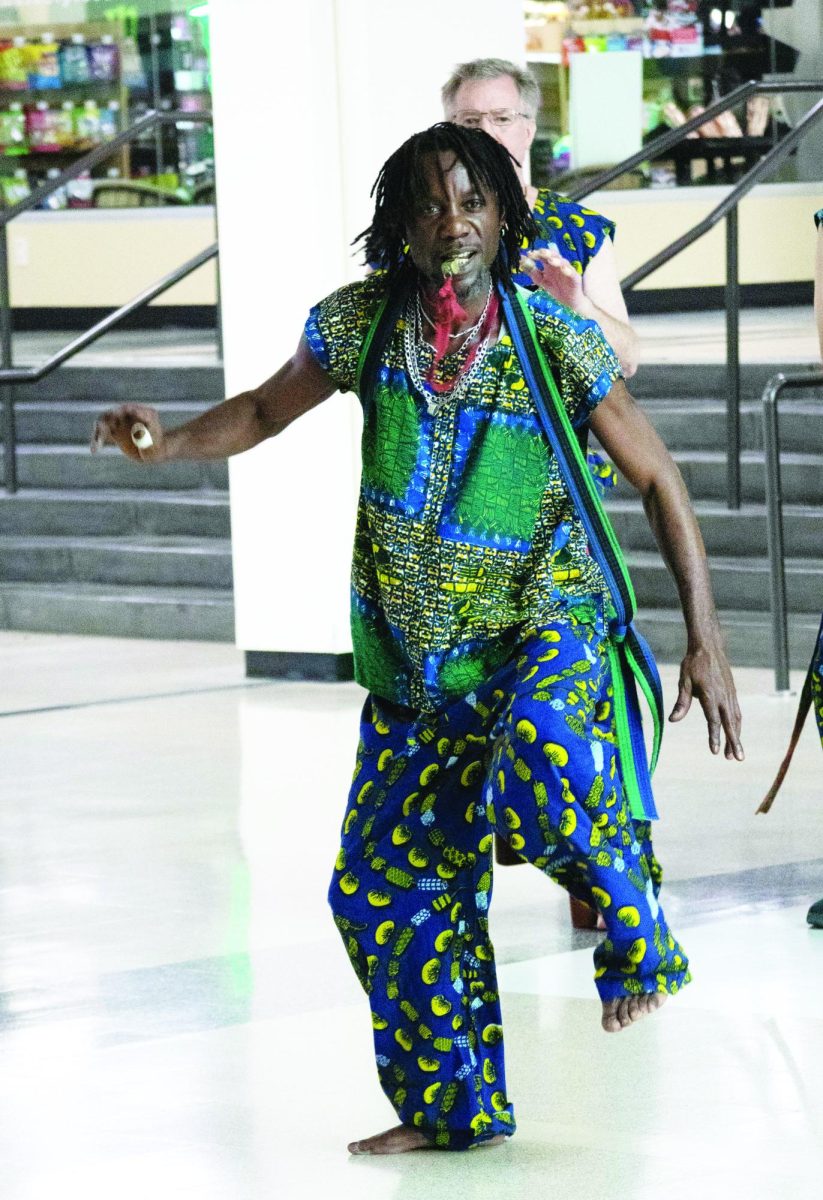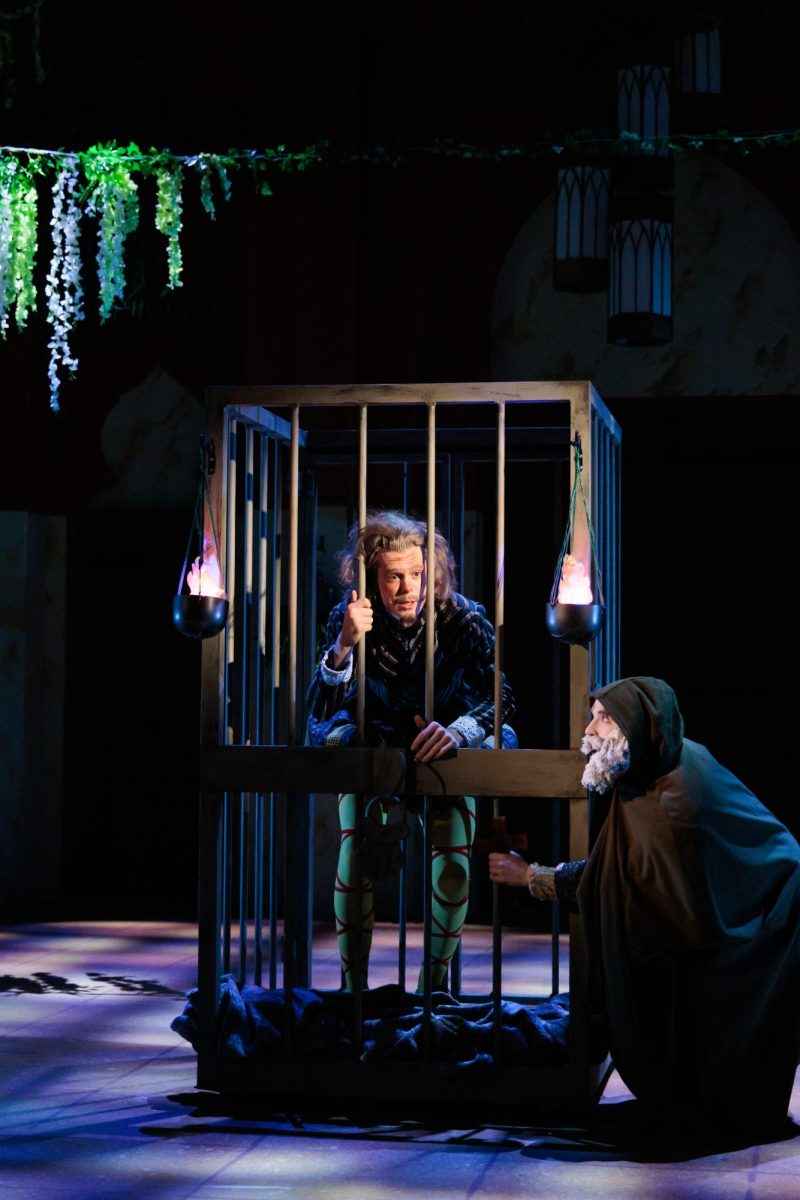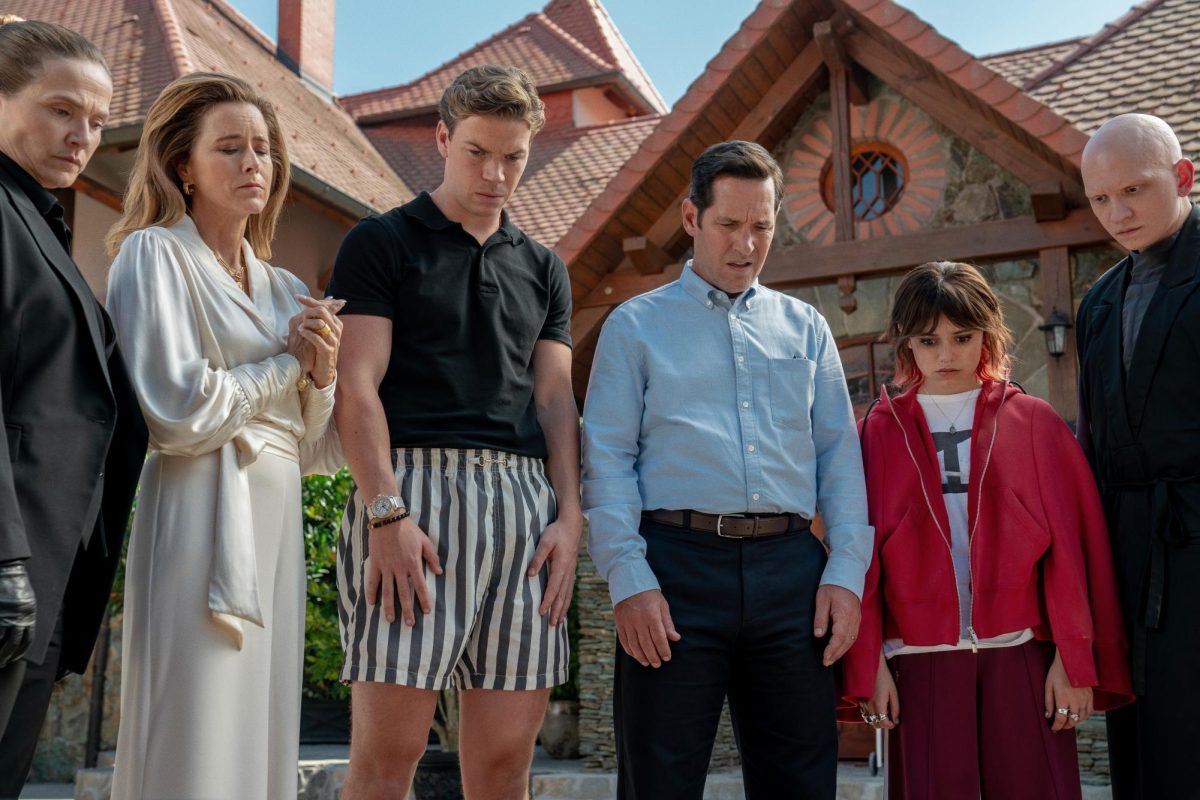In a display of bright colors and lively music, Disney and Pixar’s newest creation, “Coco,” explores Mexican culture surrounding Día de los Muertos celebrations.

The movie follows the journey of a Mexican boy named Miguel, voiced by Anthony Gonzalez, as he travels through the land of the dead. Elements of Mexican culture are given special attention via music, cultural cues and key ideologies from la familia.
When the iconic Disney castle pans into view during the opening credits, a mariachi band plays a version of “When You Wish upon a Star” in place of the traditional orchestral version, signaling the beginning of the critical role music plays in “Coco.”
The score and selected songs in the film showcase the array of genres within Mexican music and the lengths Disney has gone to present them.
As the film progresses, mariachi music plays in the background during intense moments, and the film displays banda, a style of Mexican music filled with heavy bass and percussion.
During these moments, audiences get a deeper look into Mexican culture.
“Coco” keeps the Spanish language close to its script, sticking to Spanglish, a mix of Spanish and English, and incorporates Mexican slang, such as “no mames,” another way of saying “no way.”
One of the most repetitive ways this was used was by Gael Garcia Bernal’s character, Héctor, as he repeatedly refers to Miguel as “chamaco,” meaning “kid.”
Because the film is dedicated to Día de los Muertos, an overlay of bright colored papel picado, marigolds, pan dulce and postres and altars help lead into the film’s main purpose: remembering the dead and the importance of family.
“Coco” keeps this idea of familismo, the extreme loyalty Latinos have to extended family, very alive, and this is done primarily through Día de los Muertos. Rather than remembering both his family members and their history only one or two generations back, Miguel is able to recall stories from his great-great grandmother and the struggles she faced and how she overcame them.
Within the film, those who have altars and photos set up for them by their descendants are able to cross into the land of the living until sunrise the next day. They are only able to do so if they are remembered and those who put up altars know their stories and history. By contrast, those who have been forgotten cannot cross into the land of the living and experience a second,
final death.
Possibly one of the most popular cultural displays during the film was the use of the chancla, otherwise known as a sandal. Seen as a joke within the Latino community, those who faced the chancla were basically hit with their mother’s sandal when they misbehaved.
Other cultural references included a train car overfilled with passengers, an ode to the Spanish saying “Entra uno más,” which translates as “We can still fit one more;” the intense pressure from one’s abuela to continue eating; and abuelita’s famous apron and huaraches outfit.
In the film, as in Mexican culture, the family is very intact, as Miguel’s primos, tías and tíos were often in his life and readily available to help and offer support. The family had a great deal of respect for their elders, often listening and obeying whatever the oldest generation said or asked; in this case, the elder role was filled by Miguel’s abuela.
p.p1 {margin: 0.0px 0.0px 0.0px 0.0px; text-align: justify; text-indent: 9.0px; font: 11.0px ‘Avenir Next Condensed’}
“Coco” has been breaking records since its month-early release in Mexico, becoming Mexico’s highest-grossing animated movie at over $43.1 million. In the United States, it had earned over $12 million as of Nov. 22. and received a 96-percent rating on Rotten Tomatoes.
Giving an authentic experience to its English and native Spanish speakers, “Coco” will also be showing Spanish-dubbed versions with English subtitles throughout various theaters across the United States. In Utah, Spanish showings will be at the Megaplex Theatres at Valley Fair Mall in West Valley and the Geneva Vineyard
in Orem.



















